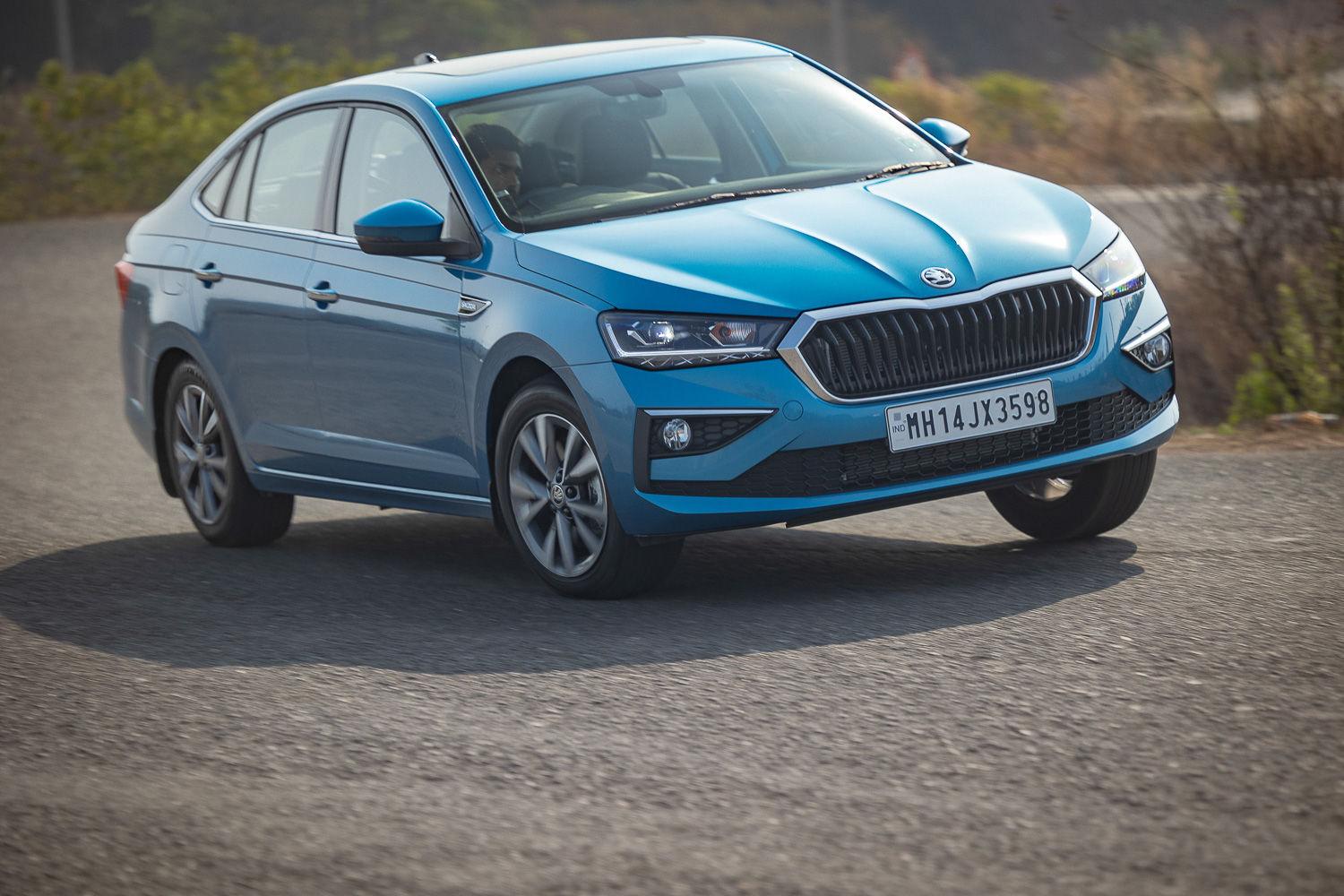Air Conditioner V/S Climate Control
Modified On Sep 25, 2014 12:54 PM By Abhijeet
- 6.7K Views
- 3 Comments
- Write a comment
Although considered a luxury in the past, air conditioners and climate control systems have now become a standard feature in most cars. However, car manufacturers still offer an option between the two when it boils down to variants.

But if the objective of both of them is to cool the car’s cabin, then why pay more for climate control than an air conditioner. We are here to underline the difference between to two. Both the systems function differently and hence one cost more than the other.
Air conditioner
An air conditioners job is to cool the inside air of your car’s cabin than the outside air. The sun outside heats up the surroundings, and cool air from the compressor keeps the inside temperature low. The flow of cool air is controlled by the toggles on your car’s dashboard. Turn ‘on’ the air conditioner button, which is marked by a snow flake symbol, and twist the temperature dial to the coolest and set the fan speed according to your requirement. However, in winters, you can choose to twist it to a warmer setting to warm the cabin up than the surrounding chill.

But there are a number of parameters that affect the air conditioning levels of the system. These include the intensity of the sunshine and speed of the vehicle with reference to the engine’s power generation. This means that you have to adjust the temperature and fan speed settings to maintain the desired cooling inside the cabin. This could get irritating at times while driving when you have to reach for the temperature or fan speed dial, especially with a nagging passenger who perhaps wants a different temperature.
But the advantage of bearing all the riff-raff comes in the form of affordability. Car equipped with air conditioners are priced lower than the ones with climate control systems.
Climate control
Advancements in technology have produced Climate control, which is essentially a smarter sibling of air conditioning systems. Its job is still the same, cooling the inside air than the outside, but it does so with intelligence. You can set the desired temperature via the dial and the climate control uses a number of sensors to manage air flow and maintain the user desired cabin temperature. It does not matter that is a scorching 42 degree Celsius or bone chilling 8 degree Celsius, the climate control will keep the cabin at your specified temperature.

Another advantage that climate control systems offer is called ‘dual zone’ temperature control. As the name suggests, the driver can set the atmosphere around him/her at 18 degree Celsius whereas the passenger may set it to 22 degrees. More advanced climate control systems found on expensive luxury cars have up to ‘four zone’ temperature control where all four occupants can choose their own desired temperature.

But the price you pay for this comfort is...err...the price. Cars with climate control system cost more than the ones with conventional air conditioning. The entire system requires several sensors, displays and complex computer programming which adds to the cost of the car. There is another crème of comfort though, because climate control uses the compressor and fan speed smartly when required, it does add to the fuel savings. Air conditioner keeps the compressor constantly ‘on’ regardless of the temperature achieved inside the cabin, whereas climate control manages and shuts it of when the desired temperature has been achieved thus consuming less power and burning lesser fuel.
0 out of 0 found this helpful










